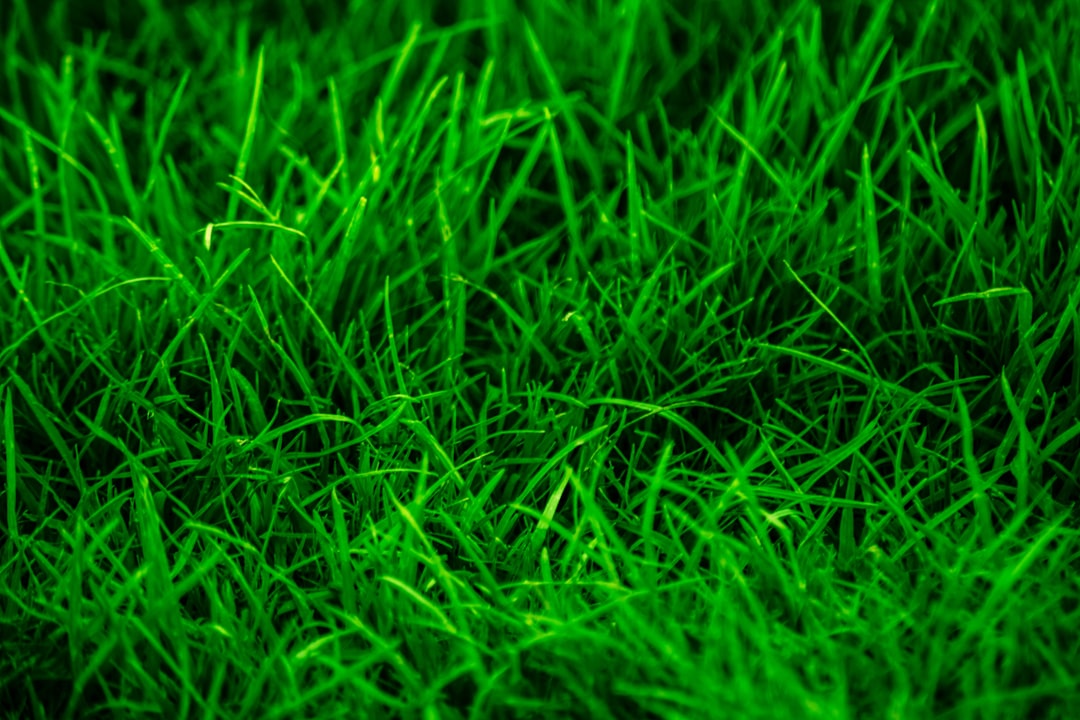Edible gardening is a rewarding endeavor, but what if you have alkaline soil and still want to grow a bountiful vegetable garden? Don't worry; there are several vegetables that can thrive in less acidic soil conditions. Let's explore some of these resilient vegetables and how you can cultivate them successfully.
One of the great options for alkaline soil is asparagus. Asparagus is a perennial vegetable that can tolerate a relatively wide range of soil pH levels. It prefers a soil pH between 6.5 and 7.5, which makes it well - suited for alkaline soil. To grow asparagus, start by preparing the soil. Loosen the soil to a depth of at least 12 inches and add plenty of organic matter such as compost or well - rotted manure. Plant asparagus crowns in early spring, spacing them about 12 to 18 inches apart in rows that are 3 to 4 feet apart. Asparagus takes a few years to become fully established, but once it does, it can produce delicious spears for up to 20 years.
Another vegetable that does well in alkaline soil is broccoli. Broccoli is a cool - season crop that thrives in soil with a pH between 6.0 and 7.5. It requires full sun and well - drained soil. Before planting, work in some lime if your soil is too acidic to bring it to the appropriate pH range. Sow broccoli seeds indoors about 6 to 8 weeks before the last frost date and transplant the seedlings outdoors when they are about 4 to 6 inches tall. Space the plants about 18 to 24 inches apart. Broccoli needs consistent moisture, so make sure to water it regularly, especially during dry spells.
Beets are also a great choice for alkaline soil. They can tolerate a soil pH between 6.0 and 7.5. Beets are relatively easy to grow from seeds. Directly sow the seeds in the garden about 1/2 inch deep and 1 to 2 inches apart. Once the seedlings emerge, thin them to about 3 to 4 inches apart. Beets prefer full sun but can tolerate some partial shade. They are a fast - growing crop, and you can start harvesting the roots when they are about 1 to 3 inches in diameter. The greens of beets are also edible and can be used in salads or cooked like spinach.
Carrots are another vegetable that can adapt to alkaline soil. They grow best in soil with a pH between 6.0 and 7.0. Carrots need loose, well - drained soil to grow straight and long. Remove any rocks or large clumps of soil before planting. Sow carrot seeds directly in the garden about 1/4 inch deep and 1 inch apart. Keep the soil moist until the seeds germinate, which usually takes about 10 to 14 days. As the carrots grow, thin them to about 2 to 3 inches apart. Carrots are a cool - season crop, and they can be harvested when they reach the desired size.
Onions are well - known for their ability to grow in alkaline soil. They prefer a soil pH between 6.0 and 7.5. Onions can be grown from sets, transplants, or seeds. If you are using sets, plant them about 1 to 2 inches deep and 4 to 6 inches apart. Onions need full sun and consistent moisture. They are a long - season crop, and you can harvest them when the tops start to yellow and fall over.
Garlic is another vegetable that thrives in alkaline soil. It prefers a soil pH between 6.0 and 7.0. Plant garlic cloves in the fall, about 2 to 3 inches deep and 4 to 6 inches apart. Garlic needs well - drained soil and full sun. It is a relatively low - maintenance crop, but make sure to keep the area around the plants weed - free. You can harvest garlic when the leaves start to turn brown and dry.
In conclusion, having alkaline soil doesn't mean you can't have a successful vegetable garden. By choosing the right vegetables and following proper cultivation techniques, you can enjoy a harvest of fresh, home - grown produce. Whether it's the tender spears of asparagus, the nutritious heads of broccoli, or the sweet roots of carrots, these vegetables will thrive in less acidic soil and bring joy to your edible gardening experience.

